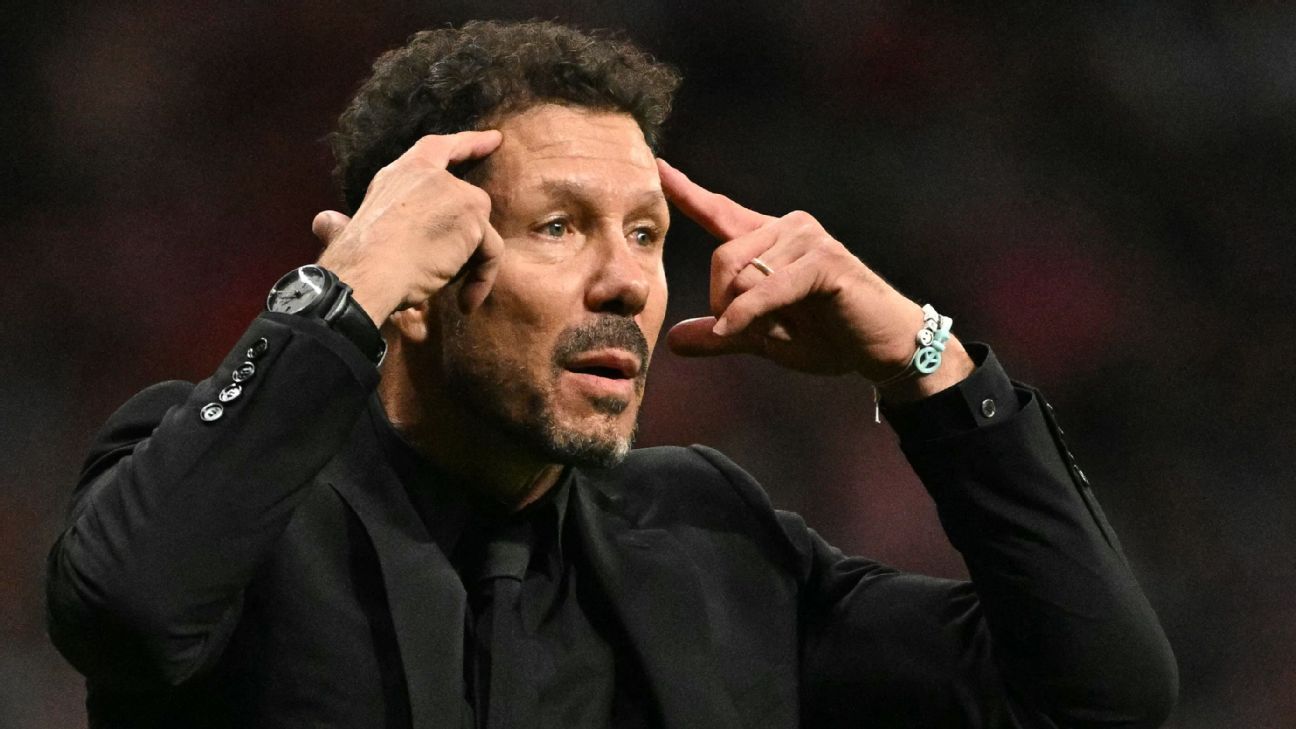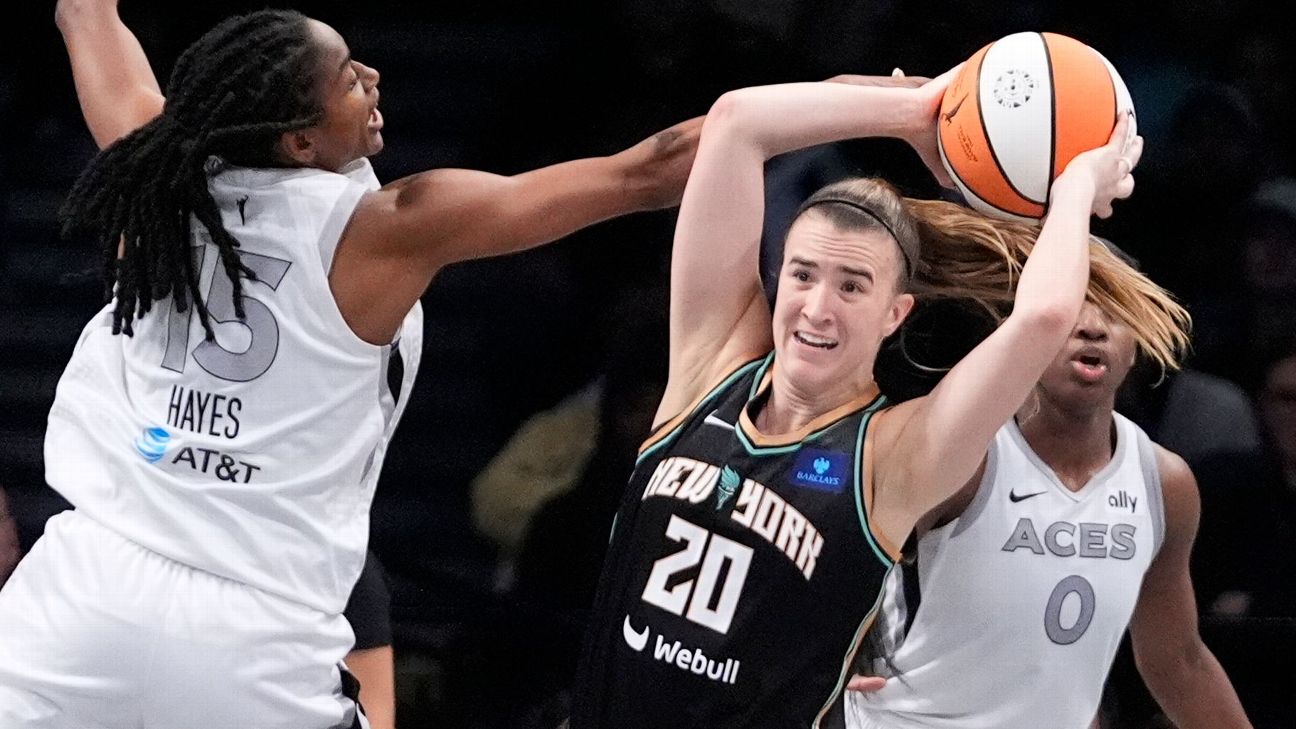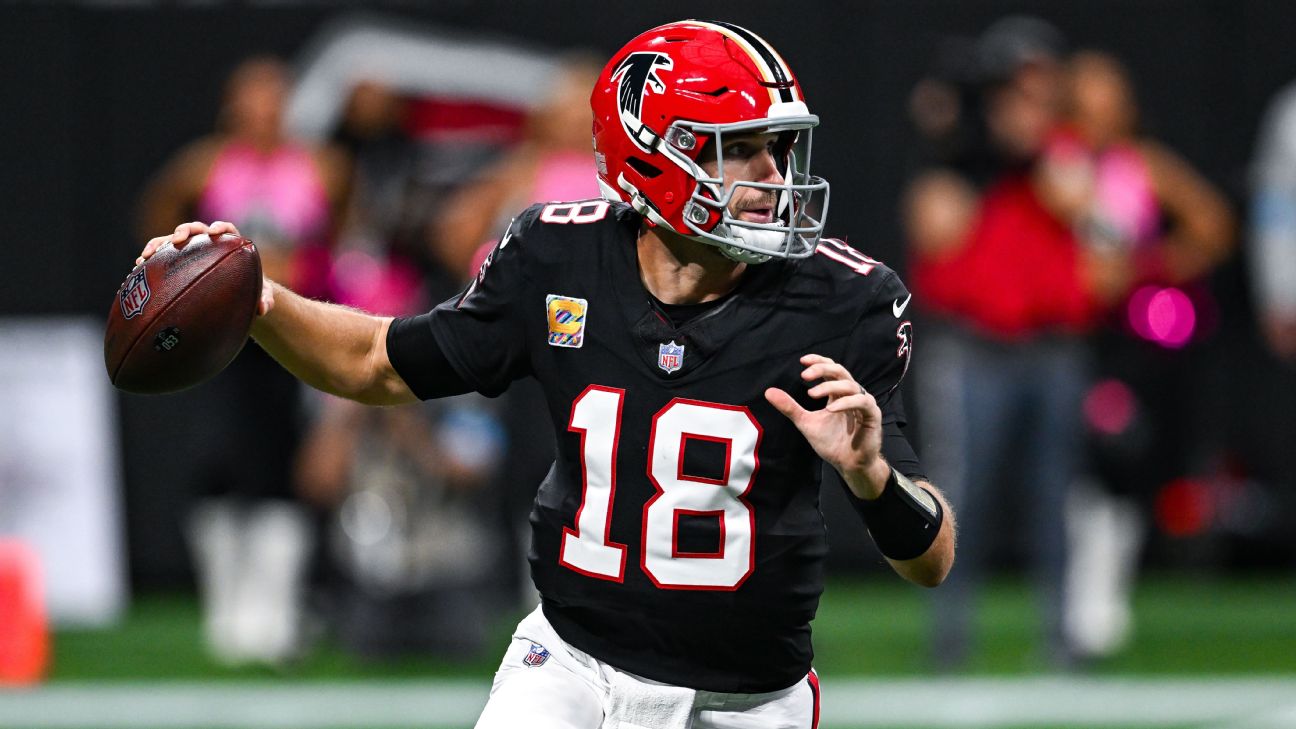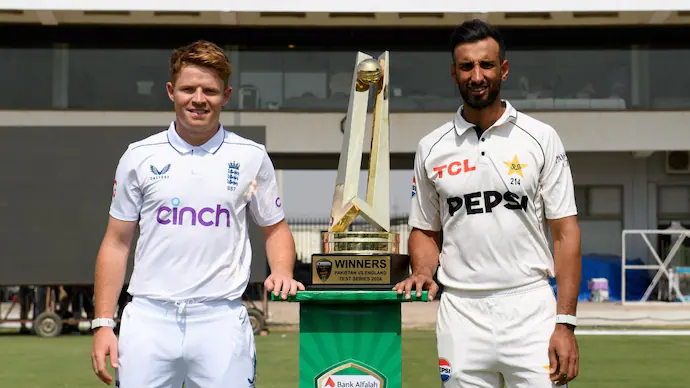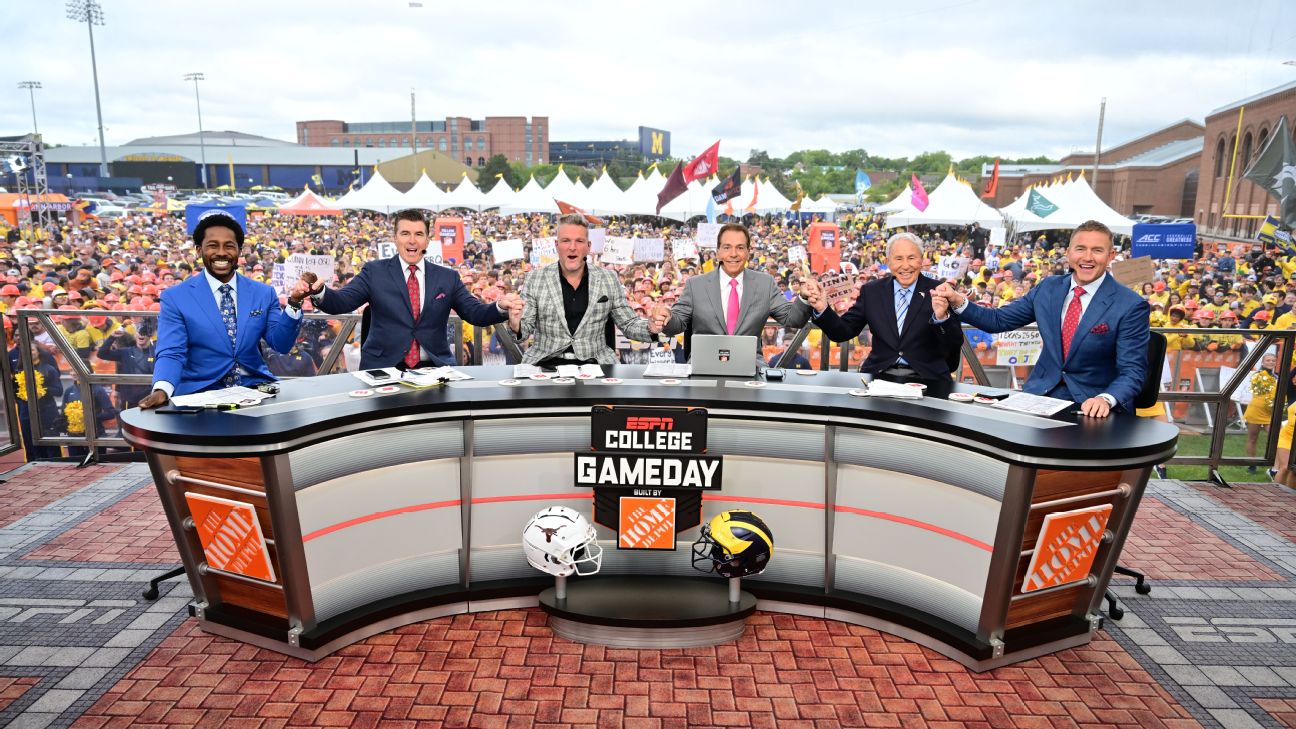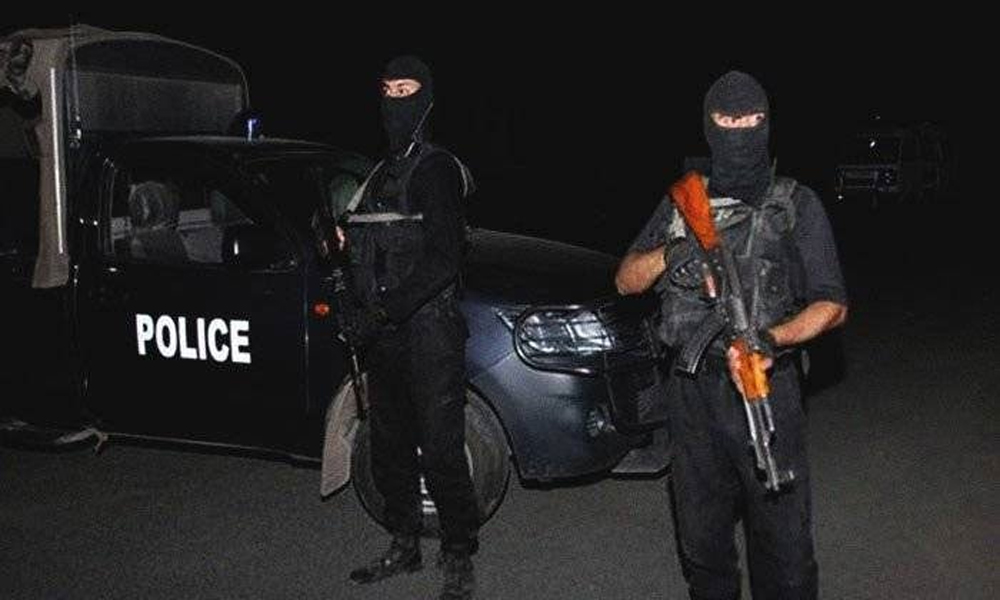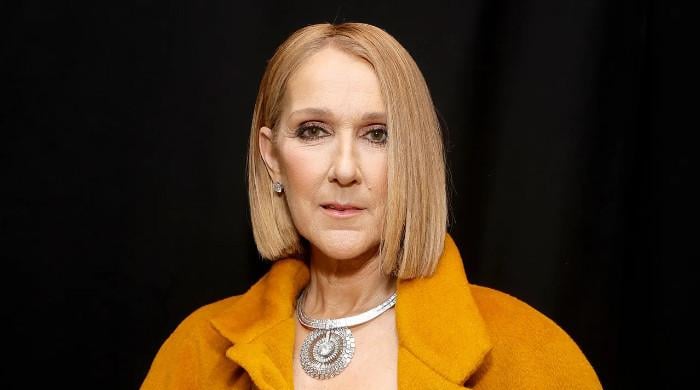When the Falcons opened the season with a home loss to the Justin Fields-led Steelers, it felt like the sky was falling. Doubly so when details of the loss came out: Kirk Cousins took exactly one snap from under center and didn’t execute a single play-action fake. The offense was neutralized by Cousins’ limitations coming off Achilles surgery on his right leg — he couldn’t move much in the pocket, and in fact, moved less in the pocket in that game than he ever had in his career, which was a big storyline coming out of Week 1.
Since that loss, the Falcons have been doing a few things: going under center, hitting play-action fakes and winning! Atlanta is 2-1 in their past three games, with a last-second win against the Eagles, another last-second win against the Saints this past Sunday and nearly another against the Chiefs in Week 3. With one divisional win under their belt, and another potentially awaiting on Thursday night against the Bucs (8:15 p.m. ET, Prime Video), it feels like the ship has been righted.
But even as the Falcons put enough points on the board to win games, their offense is far from fixed. They’re right around league average in most measures of efficiency — expected points added (EPA) per play, success rate, down set conversion and DVOA — but they’ve scored five offensive touchdowns on the season. Only the Patriots, Dolphins and Broncos have fewer. Against the Saints, they put up 26 points with a defensive touchdown, a special teams touchdown and four field goals. Getting a divisional win is always nice, but that wasn’t pretty — nor is it sustainable.
Turn on the film of that Saints game, and you’ll see Cousins taking snaps from under center and throwing with play-action — but not a lot. In fact, after the Falcons in Week 2 against the Eagles walked out with a healthy dose of under-center formations and play-action dropbacks, it’s slowly been disappearing from the offense again. Under-center rate is down in each of the past two weeks, and snaps in the pistol have replaced those looks. Play-action rate is down in each of the past two weeks, too.
It feels like coach Raheem Morris and offensive coordinator Zac Robinson sprinkled in enough of the classic Cousins stuff to get the media off their back. And now that the narrative is dead — Cousins can and is, technically, going under center — they’re slowly phasing those features out of the offense again.
That’s because Cousins still can’t do what is required of an under-center quarterback — he’s just barely hanging in there on those snaps. Take this failed exchange with running back Bijan Robinson in Week 2.
Cousins is reverse-pivoting behind the center, opening his body not to the side of the handoff but to the opposite. He has to wheel his whole body around to meet Bijan at the mesh point and get the ball in his belly. But Cousins barely gets any width with his first two steps, and accordingly has to lunge towards Bijan (who is also a little bit wide on his path, for what it’s worth). There’s too much space in the mesh point, and this ball is fumbled.
Cousins is really laboring to get to the mesh point on wide runs right now. He can do it, but it certainly isn’t clean, and he often doesn’t come out of the mesh point with his body under control, which makes it harder to immediately wheel him into a boot (which the Falcons still have not done: no rollouts yet this season) or pop up into a throwing position. Even on those meshes that are executed well, it takes Cousins an extra step to get back there, and the back is often idling for a beat to wait for the ball to get to him.
For whatever reason, the Falcons have not yet tried the easiest solution: pitching the ball. Many teams are increasingly pitching the handoff on under-center runs, as it gets the ball to the back faster, providing more space and time for the back to read out the blocks and determine his path. The drawback of the pitch is that it hurts the efficacy of the play-action fake because the offense doesn’t get that long handoff action that sucks linebackers in — but the Falcons aren’t running play-action anyway, so that wouldn’t cost them too much.
These hyper-specific running game machinations may feel like trivialities, but they aren’t. The Falcons’ running game has actually been solid from an efficiency standpoint (13th in success rate and 11th in EPA per rush), but it doesn’t stack up to the teams that the Falcons were meant to emulate. Look at the top of the rushing charts as measured by success rate and EPA, and you see plenty of teams that go under center, condense the formation and run zone: the Rams, Saints, Lions and Vikings. Heck, even the Bengals have figured out the running game. The Falcons measure up worse than them all.
The fact that the running game is fine but unspectacular puts additional weight on the passing game — and again, we’re seeing limitations there from Cousins. He looked a little better in Week 4 than he did in Week 1, but he still cannot reset his feet in the pocket or drive the football. To win from the pocket — as Cousins did for the last several years in Minnesota — he must be able to stand in the face of oncoming pressure and hammer the football into tight windows. Cousins just does not have that juice right now.
Here’s a good example against the Saints, one of those precious under-center play-action dropbacks. Yank the linebackers down with the play-action fake, get his eyes to the dig and drive that sucker. Watch how light Cousins is on his right leg as he lands on the back foot of his dropback and steps into the throw. Because Cousins doesn’t want to screw that foot into the ground and generate any power from it, he throws this with all arm and his weight falling over his front leg. Look at how hard his body leans over that front left leg on this throw; how that back leg comes swinging off the ground.
This is not how quarterbacks get velocity on a throw like this. Cousins is trying so hard to drive it that it falls into the ground (which isn’t inherently bad, as that can help Drake London protect the catch point) — but it just doesn’t arrive fast enough, which gives the Saints defensive backs plenty of time to affect the throw. Incomplete pass.
Now, this is a really tight window — and in fact, a lot of the windows in Atlanta have been tight. Just over 31% of Cousins’ throws beyond the line of scrimmage have been into tight windows, as charted by NFL Next Gen Stats — that’s throws with the defender within at least one yard of the receiver. Only Dak Prescott is hitting tight windows at a higher rate.
The tight window issue is twofold. Because Cousins is struggling to drive the football, he often turns windows that could have been wider into tough throws, because the ball is a tick late or delivered short. Take the game-winning pass interference from Paulson Adebo in coverage against Darnell Mooney. With a better throw, this is the game-winning touchdown thrown into an open window, but Cousins pulls Mooney back into the Saints defensive back, closing the window.
The other half of the issue is in design — namely, predictable design. The Saints were driving on every route from the Falcons throughout that game. They were waiting on route breaks and baiting throws. Even if Cousins’ lack of velocity is giving them an extra beat to arrive, no team has seven pass breakups from their DBs (as the Saints did on Sunday) unless they know what’s coming down the pipe. Watch not just how quickly the New Orleans’ defenders get to the catch point, but how their bodies and eyes are positioned as the routes develop on these pass attempts.
Now, the Saints are a particularly aggressive defense under coach Dennis Allen, and they play a ton of man coverage, so inherently they’re going to present tighter windows downfield. The out-and-up to Mooney that ended in a DPI was meant to take advantage of Adebo’s aggressive prediction of an out-breaking route, something the Saints corners were anticipating all game.
But over four weeks, Zac Robinson is struggling to get players open on the chalkboard. Robinson joined the NFL coaching ranks in 2019 as Sean McVay’s assistant quarterbacks coach in Los Angeles, and he was on that staff every year before taking the Falcons’ offensive coordinator job this offseason. As such, the Falcons are running a lot of the Rams’ greatest hits in terms of dropback passing design, but some of the roles are miscast, and there’s a concerning lack of both bells and whistles. Take Kyle Pitts. The 6-foot-6 tight end is not a shake-and-bake route runner, yet he’s constantly being asked to run slants, pivots and speed outs — all these are quick-breaking routes through which his long body labors to change direction. Pitts is the worst pass catcher in the league right now by ESPN Analytics’ Open Score metric. Even if you think Pitts is a complete bust, a tight end who runs a 4.44-second 40-yard dash should not be struggling to get open targets by design.
But a player of Pitts’ mold has never been dropped into this offense where tight ends are frequently asked to stay in line, sustain blocks in the running game, and then break into the underneath areas and uncover quickly. That isn’t exactly where Pitts is best — I’d prefer him running vertically off of play-action, a la George Kittle in San Francisco — but getting him the ball with space will allow him to break angles after the catch with speed. But because the Falcons don’t like Pitts as an in line blocker, they can’t figure out how to get him in their play-action passing game. Of Pitts’ 96 routes this season, six have come with a play-action fake. He has one target.
Even the stuff that is supposed to be easy isn’t translating. The easiest button in the McVay offense is getting players open off of motion — snapping the ball while they’re on the run, and then quickly throwing to them while they have an advantage via leverage or speed. In Los Angeles last season, Puka Nacua had three games in which he had at least 50 receiving yards off motion; Cooper Kupp had another two. The Falcons don’t have any player with at least 50 receiving yards off motion in total this season. Kupp has twice as many yards off of motion this season (99) than London does (47), despite the fact that London has played twice as many games.
The Falcons don’t need an under-center running game to make that part of the McVay offense work. It helps, but McVay and Matthew Stafford have been working that from the shotgun dropback game for seasons now. You can argue London isn’t a Kupp-like player (I’d disagree), but Atlanta should still be able to find touches for him off motion. Take Mooney, who was signed by the Falcons to fill the Tutu Atwell role in the offense. He has 46 yards off of motion this season; Atwell has 196.
Whatever the precise calibration of settings is that makes the Rams offense go, the Falcons have not been able to replicate it over four weeks. Cousins’ limitations aren’t the whole story there. The high volume Ray-Ray McCloud III games can’t be the plan. Zero separation for Pitts is unacceptable. The design isn’t working in Atlanta.
This is where Cousins’ physical limitations now become doubly damaging. He hurts the offense in structure, affecting the timing of the under center running game and passing game alike — but then he hurts you again out of structure because he can’t create. The Falcons’ in-structure passing game isn’t perfect, but it’s good enough — the problem is, there’s nothing in the out-of-structure game to salvage those perfectly covered plays.
Cousins has only one scramble this season, but he has never been a prolific scrambler. Rather, it’s the fact he cannot reset the pocket or throw on the move that has the Falcons’ offense in handcuffs. He has attempted a smaller chunk of his passes while on the move than any quarterback this year save for Andy Dalton, and nobody has attempted fewer passes outside of the pocket. The entire passing world for the Falcons offense lives statuesque between the tackles, which allows pass rushers to tee off at a predictable aiming point and emboldens those aggressive defensive backs to close on those routes they anticipate — because hey, even if they’re wrong, Cousins won’t extend the play and punish them.
Now, Cousins is more limited as a pocket mover and play extender than he had been — but the Falcons weren’t exactly expecting prime Patrick Mahomes when they signed the 36-year-old in March. The plan was always that the in-structure passing game was sufficient — but because it isn’t, the out-of-structure worries are being put into sharp relief.
Next up? Todd Bowles and the 3-1 Buccaneers come into town, a team that loves to blitz, disguise and challenge receivers. The windows are going to be tight again. The structure of the play is going to be lost sometimes. And the Bucs’ rushers will be heating up the pocket. I have yet to see Cousins respond well to this, and I’m not convinced that Robinson can beat Bowles on the chalkboard.
In Week 1, the Falcons’ offense looked like an easy fix — get under center, hand the ball off, then hit a play-action fake. Isn’t that the tried-and-true magic of the McVay system, the panacea for any offense’s ills? With a few more weeks under our belt, we can see it won’t be so easy for Robinson and Cousins, who have yet to get the offense off the ground in Atlanta.
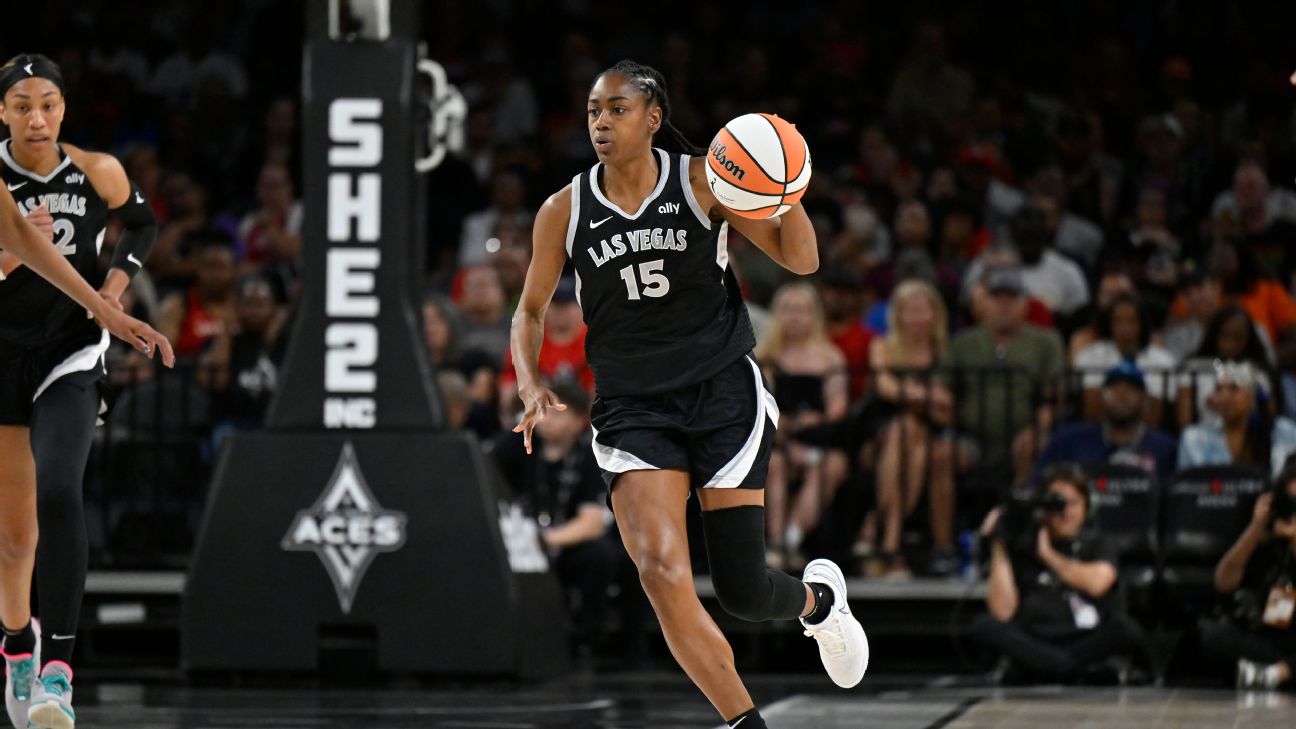

 Technology7 مہینے ago
Technology7 مہینے ago
 Pakistan7 مہینے ago
Pakistan7 مہینے ago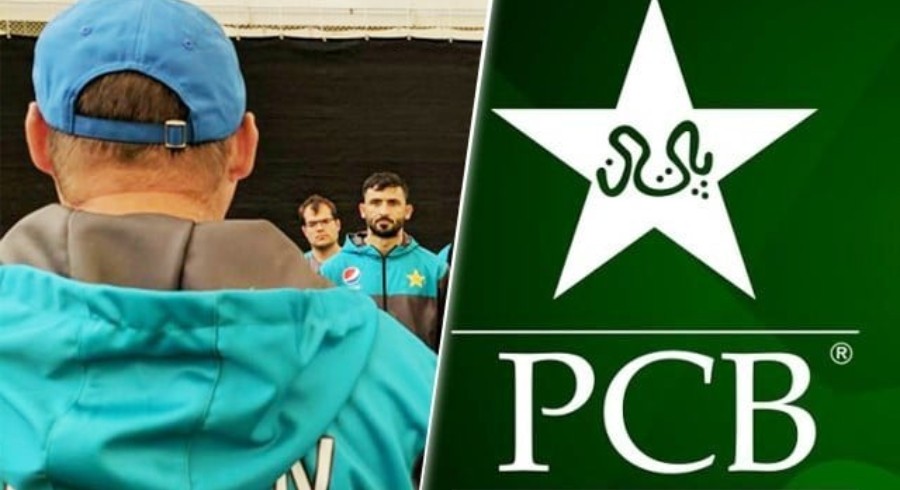
 Sports6 مہینے ago
Sports6 مہینے ago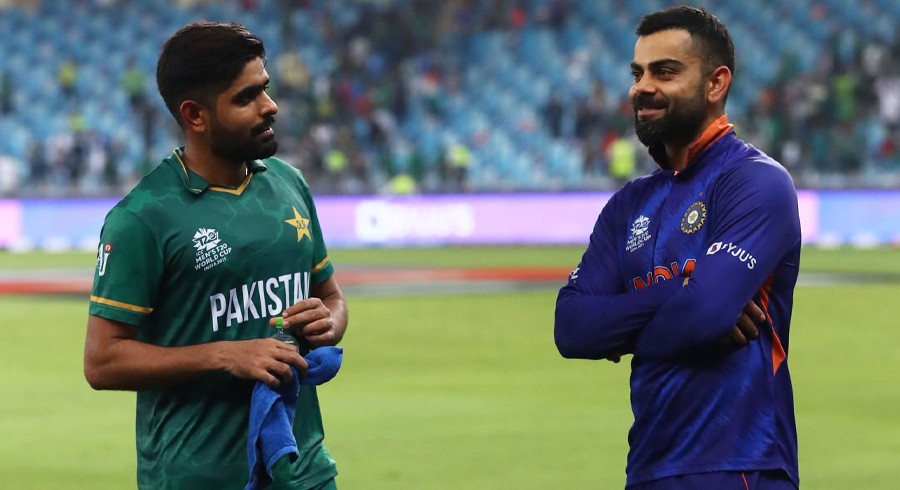
 Sports6 مہینے ago
Sports6 مہینے ago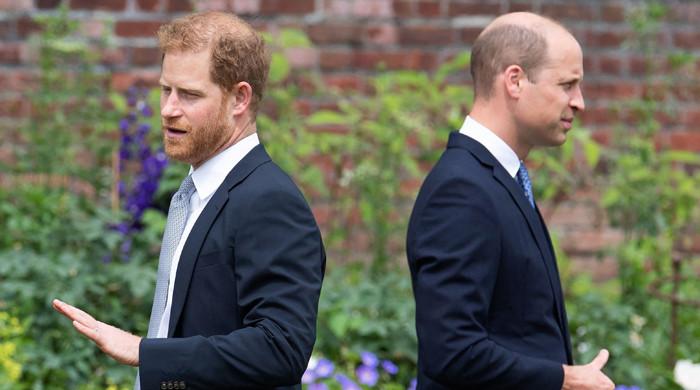
 Entertainment6 مہینے ago
Entertainment6 مہینے ago
 Pakistan7 مہینے ago
Pakistan7 مہینے ago
 Pakistan6 مہینے ago
Pakistan6 مہینے ago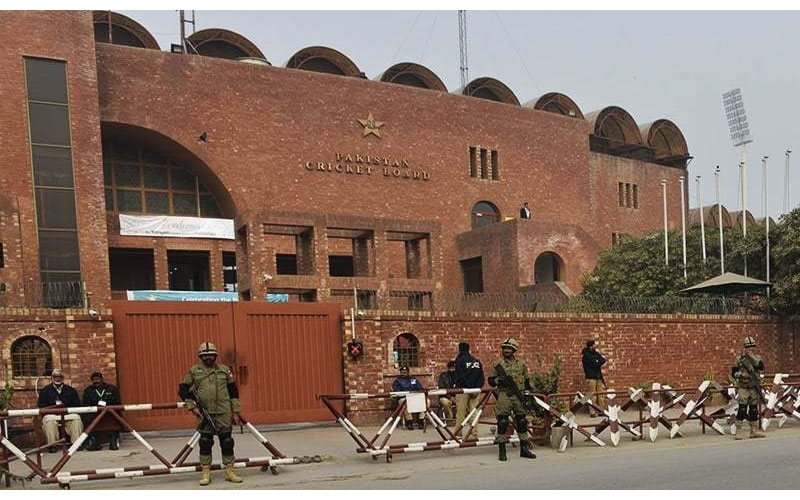
 Sports6 مہینے ago
Sports6 مہینے ago
